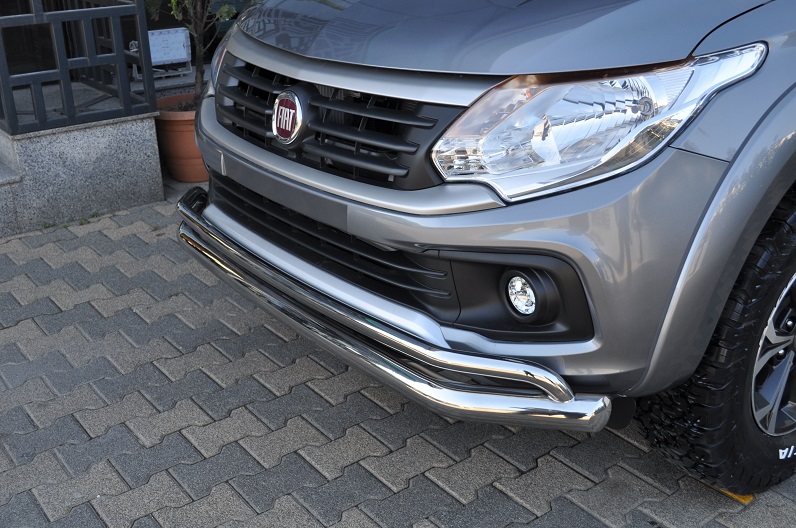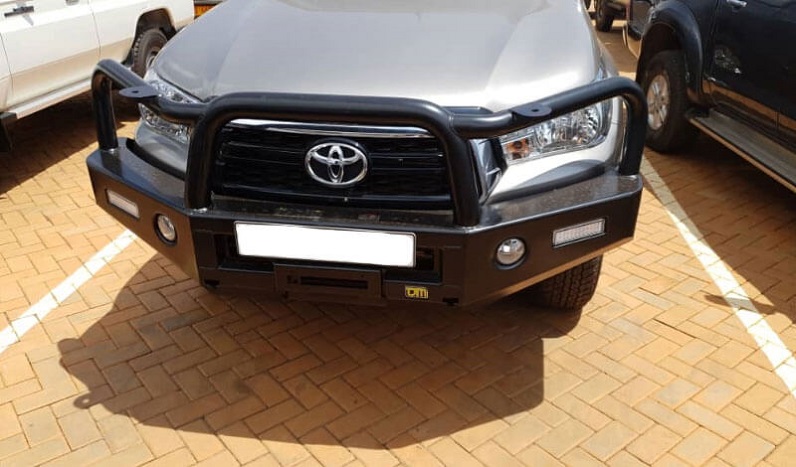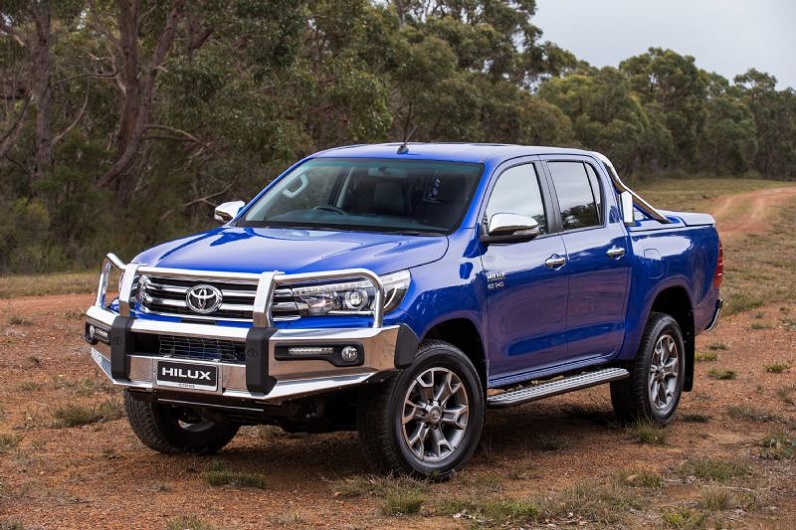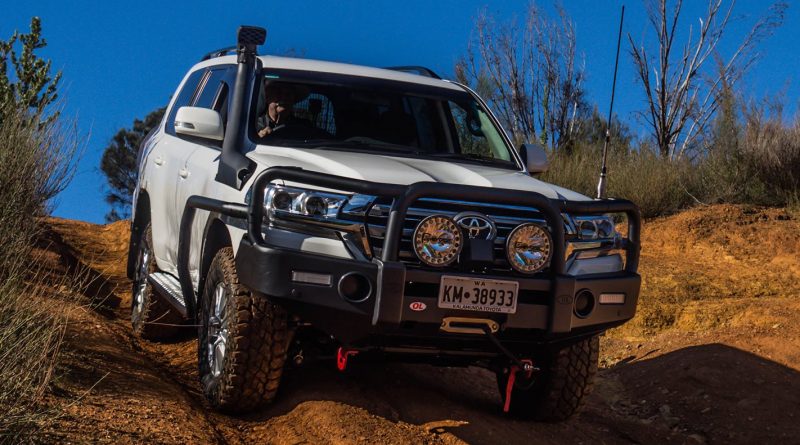What to Look for in HiLux Bullbars?
Bullbars, as many people call them, have been a hot topic within the past decade or so amongst off-road enthusiasts and everyday Joes whether they’re an essential 4WD accessory or not. As a Toyota HiLux owner who’s been around the outback a fair number of times and uses their 4WD on a daily basis, I don’t think I’ve made a better investment. In the outback and off the road, they’ve protected my HiLux’s front end against 2 kangaroo collisions, and countless branches or other obstacles I’ve come across while exploring the great Australian outback. On the other hand, someone who’s spent most of their days in the city or the outer suburbs will tell you that they don’t need them. In fact, they might be illegal for use in urban settings. So, before you even start contemplating whether you need one, you should consider how often you actually need a bullbar for your 4WD before deciding which one to get.
But if you’re venturing off the beaten trail for the first time, and you want to protect your vehicle against potential dangers that you’ll come across, then you’re probably set on buying one. After all, Toyota HiLux bullbars have saved me thousands of dollars on repairs that I would have had to pay for if they weren’t installed in the first place. Cooling system repairs are expensive, and God forbid something happened to the engine. An engine restoration kit would have cost me tenfold. Plus, without a bullbar, you probably can’t get a recovery winch that’s capable of pulling you out of any sticky situation. Not to mention that some Toyota HiLux bullbars serve as a mounting point for other aftermarket accessories like auxiliary lights as well. That being said, what do you need to look for when deciding on the ideal bullbar for your 4WD?
Materials Used in Its Construction
The majority of bullbars are made using steel or aluminium. Steel bullbars provide the most strength, so they’re best suited for 4WDs most used where there are significant odds of an animal collision, such as the Australian outback. But not all steel bullbars are made the same. Some feature a better design and the quality of steel used can vary. Basically, you pretty much always get your money’s worth. Aluminium bullbars aren’t as strong, but they’re much lighter. As a result, your mileage doesn’t suffer as much, and they’re more corrosion resistant than their steel counterparts. Furthermore, aluminium alloy bullbars can be polished to improve their strength and aesthetic appeal. The alloy grade can vary, and many manufacturers make their bullbars in intricate shapes to make them as strong as steel bullbars.
While there are also plastic bullbars, they’re usually not suited for off-road use. Quality plastic bullbars will enhance the aesthetic appeal of your 4WD, but they won’t offer much in terms of protection. Plastic bullbars are light, corrosion-resistant and resistant to UV and chemicals.

Design to Meet the Application
The design of the bullbar should be suitable for its use. If you’re mostly going to drive off the beaten trail where there are fair odds of animal strikes, you’ll want a bullbar that provides as much protection as possible. This includes protection to the bonnet, headlights, cooling system, undercarriage parts and engine. If the terrains you’ll be going through are rocky and scrub, get a bullbar that features outer tubes that are also compatible with running boards and side steps. On the other hand, if you want a bullbar to mount other accessories on, and you’re driving in areas without a significant risk of animal strikes, you may not require the protection provided by outer tubes. There are quite a few bullbars that feature just a centre tube, and there are also some that don’t feature tubes at all – they just replicate the appearance of your vehicle’s original design.

Ability to Mount Accessories
If you want to fit a recovery winch, make sure the bullbar you buy has winch mounting points that are compatible with the winch you have or intend on getting. Steel bullbars can usually have the winch bolted straight onto them, whereas aluminium bullbars require a winch cradle to attach the winch onto the bullbar. If you want to fit an antenna, light bars or auxiliary lights, make sure there’s enough room to fit them. Most bullbars feature holes for mounting auxiliary lights. For fitting running boards and side steps, make sure the bullbar features compatible outer tubes. And if you want to equip your vehicle with undercarriage protection like steering guards, skid plates or bash plates, make sure they’ll be compatible with the bullbar you choose. Other features to look for include high-lift jack points, daytime and fog lights, and aesthetic parts like cover plates or buffers if you don’t have a winch.


